Nestled on the northwest slope of Kibo Peak on Mount Kilimanjaro, the Credner Glacier is one of the last surviving remnants of the mountain’s once-magnificent ice cap. It stands as a solemn testament to the legacy of Kilimanjaro’s glacial history, bearing witness to an ever-changing environment. Though majestic, this glacier’s future is uncertain as climate change continues to reshape the mountain’s icy landscapes.
Credner Glacier; A Glacial Relic at the Heart of Kilimanjaro
The Credner Glacier sits at a striking elevation of 5,800 to 5,500 meters (19,000 to 18,000 feet), a high-altitude spectacle that still captivates climbers and scientists alike. It originates from the Northern Ice Field, the largest ice body left on Kilimanjaro, once part of the vast ice cap that covered the mountain’s summit.
What makes the Credner Glacier particularly notable is not only its location but its vulnerability. Positioned on the mountain’s exposed northwest slope, it faces the harsh brunt of climate-related impacts. Over the past few decades, researchers have tracked its rapid retreat. Recent studies suggest that if current trends continue, the Credner Glacier may vanish entirely by 2030, marking the end of an era for Kilimanjaro’s ice formations.
The Geological Significance of Mt Kilimanjaro’s Credner Glacier
Named after the German Earth scientist Carl Hermann Georg Credner, the glacier has been a point of geological interest for over a century. It’s part of a complex glacial system on Kilimanjaro, consisting of several outlet glaciers, including the Drygalski, Penck (Great and Little), Uhlig, and two glacier streams near the Western Breach area (Little and Great Barranco glaciers).
The Credner Glacier’s retreat is part of a broader pattern of glacial decline on Kilimanjaro. Once, the ice cap spanned the entire summit, but now only fragmented ice bodies remain, with Credner being among the most prominent. Its rapid recession not only signifies the impact of global warming but also provides insight into the mountain’s long-term geological evolution.
This glacier’s disappearance is more than a scientific curiosity—it’s a loss for both Tanzania and the world. The stunning glaciers that once crowned Kilimanjaro have long drawn adventurers, researchers, and nature lovers. Losing them would change the landscape of one of Earth’s most iconic mountains forever.
Why is Credner Glacier Receding?
The decline of the Credner Glacier, along with the other glaciers on Kilimanjaro, is primarily attributed to global climate change. Rising temperatures, reduced snowfall, and changes in weather patterns are causing the ice on Kilimanjaro to melt at unprecedented rates. While the high-altitude position of the glaciers should, in theory, keep them cooler, they are increasingly exposed to warmer, drier conditions.
The sunlight that hits the glacier’s surface, combined with the thin atmosphere at such high altitudes, causes the ice to evaporate (a process known as sublimation) even without melting entirely. This is especially problematic for Credner Glacier, located on Kilimanjaro’s northwest slope, where direct exposure to the sun accelerates this process.
In the past decade alone, the glacier has lost more than half of its size. If the current rate of ice loss continues, the Credner Glacier will be no more than a memory by 2030. Its potential disappearance serves as a stark reminder of the global environmental challenges we face today.
Climbing the Credner Glacier and the “Thomas Glacier Route”
Despite the Credner Glacier’s precarious state, it remains a destination for adventurous climbers. In 2009, mountaineer Thomas Laemmle, along with guide Dismas Marika, pioneered a new route that traversed the glacier. This route, now known as the “Thomas Glacier Route,” offers one of the more challenging paths up Kilimanjaro.
The climb began from Lava Tower Camp at 4,650 meters (15,255 feet) in the dead of night, under the full moon. It took the climbers nearly seven hours to reach the glacier’s tongue, navigating through a maze of dried ice. The climb required technical skills, including the use of pitons, ropes, and ice axes to scale a steep, 10-meter ice wall. The most difficult part of the ascent was a mixed couloir—a vertical gully of rock and ice—which had to be conquered before reaching Kilimanjaro’s Northern Ice Fields.
After 22 grueling hours, the team successfully descended to Camp Millennium. Their efforts were officially recognized by Tanzania National Park authorities, who named the route in Laemmle’s honor. Today, the Thomas Glacier Route is a sought-after challenge for climbers looking for a more technical and less-traveled path to Kilimanjaro’s summit.
The Broader Significance of Kilimanjaro’s Glaciers
The fate of Credner Glacier is not unique. Kilimanjaro’s glaciers have been retreating rapidly for over a century, and their demise seems inevitable if global warming trends persist. This is particularly concerning as Kilimanjaro’s glaciers are some of the most iconic ice formations in the world. They have become symbols of both the majesty of Africa’s highest peak and the ongoing struggle against climate change.
Researchers predict that, by 2030, nearly all of Kilimanjaro’s glaciers will have disappeared, including the famed Furtwängler Glacier. The loss of these glaciers would not only impact the mountain’s ecology but also affect local tourism, as Kilimanjaro’s icy summit is one of its main attractions.
Exploring Kilimanjaro Beyond the Ice
While the Credner Glacier may soon vanish, Kilimanjaro itself remains an extraordinary destination. Many trekkers combine their glacier trek with a broader Tanzanian adventure; Climbing Mount Kilimanjaro and safari tours in Tanzania. After climbing Kilimanjaro, visitors often explore world-renowned safari destinations like Serengeti National Park and Ngorongoro Crater. These parks offer incredible wildlife viewing and stunning landscapes, providing a perfect complement to the awe-inspiring experience of summiting Kilimanjaro.
Apart from the two most prominent parks in Tanzania, other great parks include, Tarangire, Lake Manyara, Ruaha National Park, Nyerere National park, just to mention a few.
For those seeking to experience the glaciers before they disappear, now is the time to act. A trek to Credner Glacier is not just a journey through one of the world’s most unique mountain environments—it’s a glimpse into a rapidly changing world where time is running out to see these natural wonders.

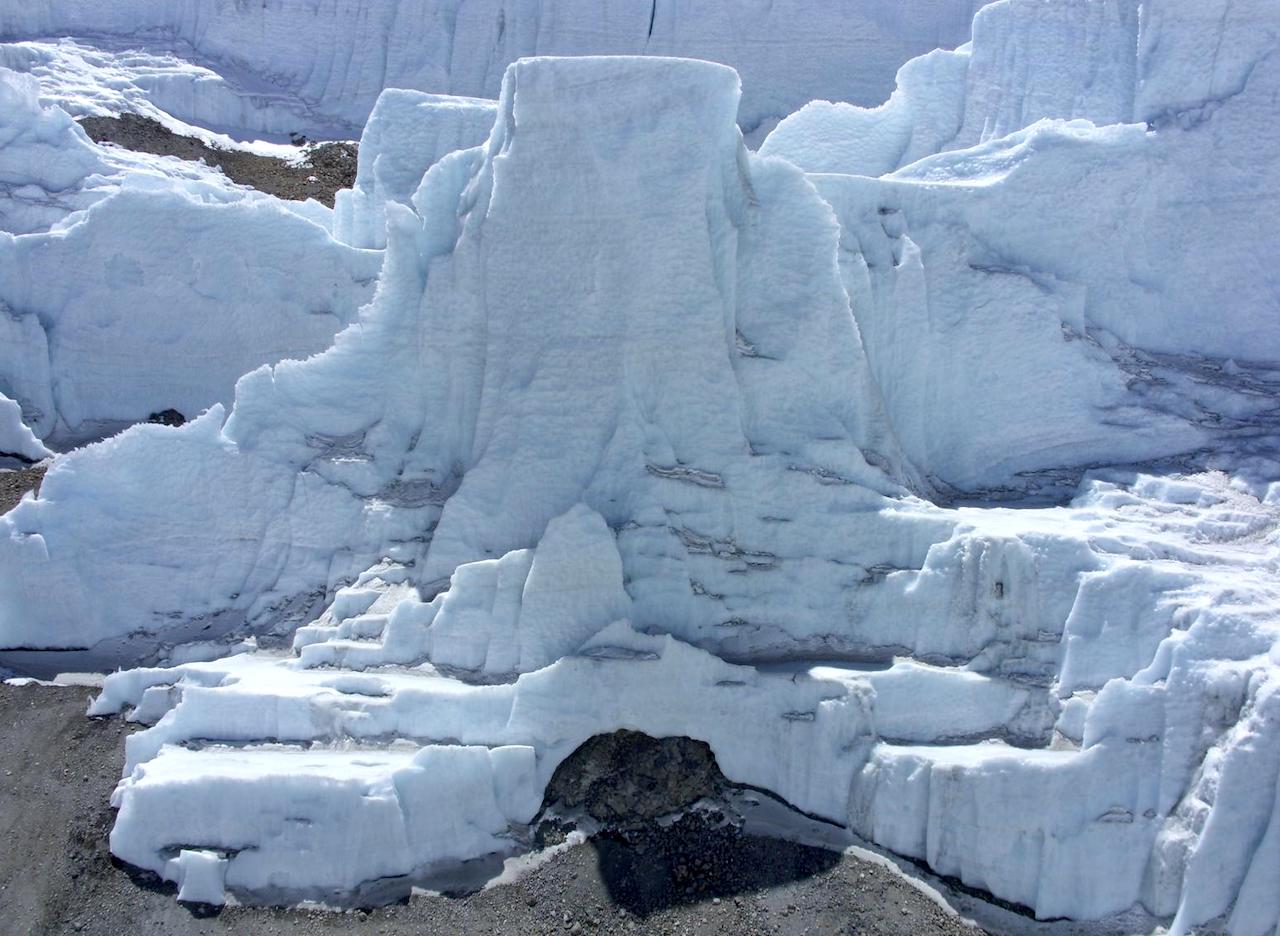
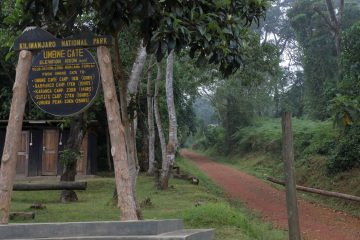
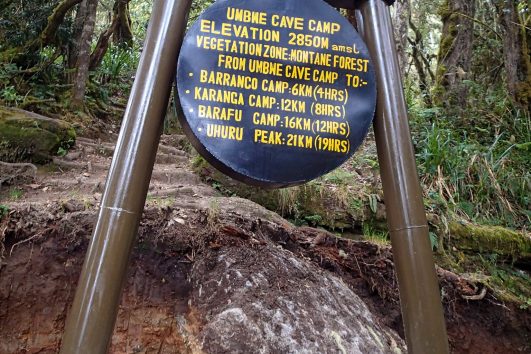
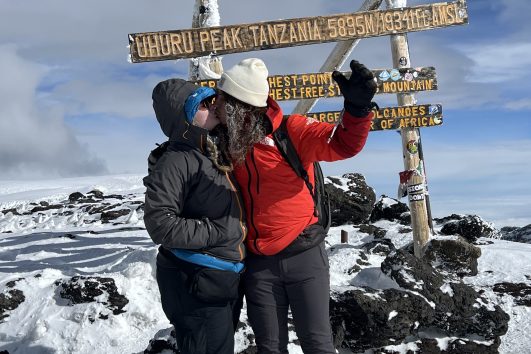
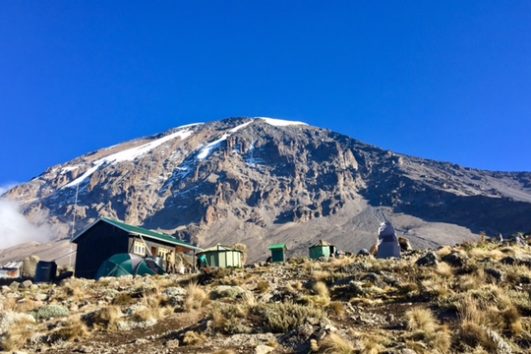
Tour Reviews
There are no reviews yet.
Leave a Review